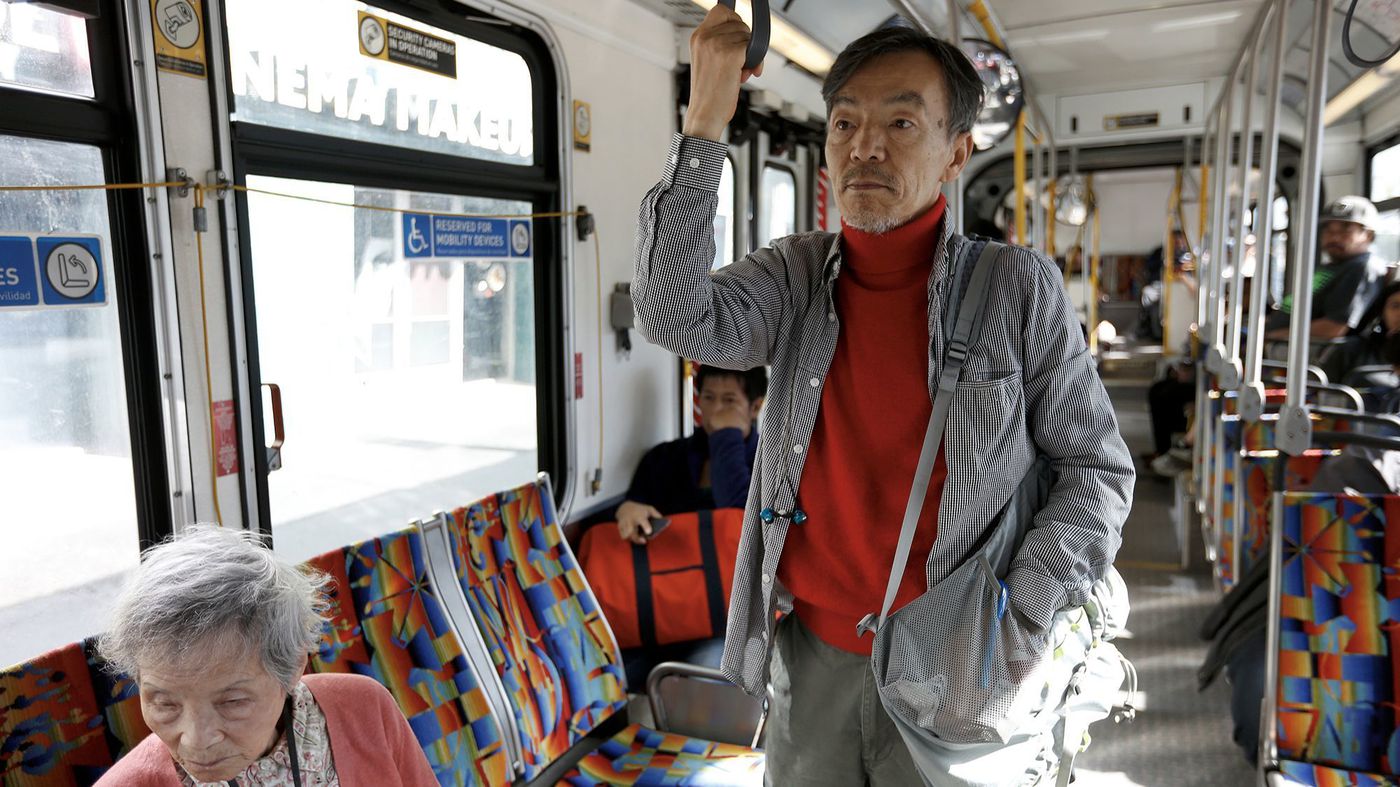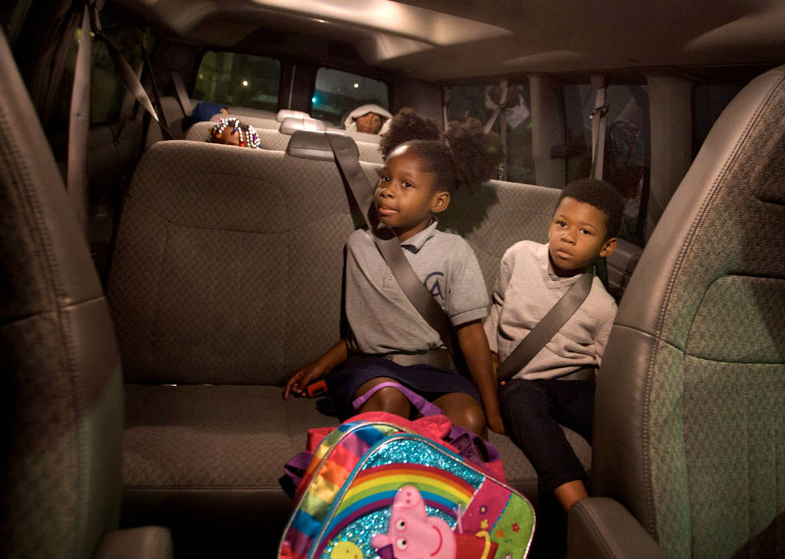According to the National Coalition for the Homeless, reasons for which people become homeless is widely varied: (This section is copied & pasted from the NCH website)
Housing: A lack of affordable housing and the limited scale of housing assistance programs have contributed to the current housing crisis and to homelessness. Recently, foreclosures have also increased the number of people who experience homelessness.
The National Low Income Housing Coalition estimates that the 2017 Housing Wage is $21.21 per hour, exceeding the $16.38 hourly wage earned by the average renter by almost $5.00 an hour, and greatly exceeding wages earned by low income renter households. In fact, the hourly wage needed for renters hoping to afford a two-bedroom rental home is $13.96 higher than the national minimum wage of $7.25.
Poverty: Homelessness and poverty are inextricably linked. Poor people are frequently unable to pay for housing, food, childcare, health care, and education. Difficult choices must be made when limited resources cover only some of these necessities. Often it is housing, which absorbs a high proportion of income that must be dropped. If you are poor, you are essentially an illness, an accident, or a paycheck away from living on the streets.
According to the United States Census Bureau, the national poverty rate in 2016 was 12.7%. There were 40.6 million people in poverty. While the poverty rate has been slowly declining since 2014, a couple of factors account for continuing poverty:
- Lack of Employment Opportunities – With unemployment rates remaining high, jobs are hard to find in the current economy. Even if people can find work, this does not automatically provide an escape from poverty.
- Decline in Available Public Assistance – The declining value and availability of public assistance is another source of increasing poverty and homelessness and many families leaving welfare struggle to get medical care, food, and housing as a result of loss of benefits, low wages, and unstable employment. Additionally, most states have not replaced the old welfare system with an alternative that enables families and individuals to obtain above-poverty employment and to sustain themselves when work is not available or possible.
Other major factors, which can contribute to homelessness, include:
- Lack of Affordable Health Care – For families and individuals struggling to pay the rent, a serious illness or disability can start a downward spiral into homelessness, beginning with a lost job, depletion of savings to pay for care, and eventual eviction.
- Domestic Violence – Battered women who live in poverty are often forced to choose between abusive relationships and homelessness. In addition, 50% of the cities surveyed by the U.S. Conference of Mayors identified domestic violence as a primary cause of homelessness (U.S. Conference of Mayors, 2005).
- Mental Illness – Approximately 16% of the single adult homeless population suffers from some form of severe and persistent mental illness (U.S. Conference of Mayors, 2005).
- Addiction – The relationship between addiction and homelessness is complex and controversial. Many people who are addicted to alcohol and drugs never become homeless, but people who are poor and addicted are clearly at increased risk of homelessness.
What might be occuring in the Korean American community may be that in contrast to the general lack of interest in the issue, those running businesses selling goods and food in the neighborhood may come across more homeless people, and have the mistaken impression that because they saw a few more, they are knoledgeable on the issue. (compared to their non-business friends) However, unless you are not actively seeking out homeless residents and provide services and housing in the community, what the everyday person knows about homelessness is limited to episodic anecdotes about "homeless person who asked me for money", "homeless person who came to my store begging", which is only a subset of the homeless population.
There is an important distinction between "homeless person who comes to me" and "homeless person who I reach out to". Some homeless residents live as a family, including children, and many diverse sectors of the population, including college students and people with jobs, constitute the homeless population today. Some of the projects that seek to shine light on the issue include:
- Seattle Times: Portraits of Homelessness
- Cal State LA Magazine: Through Hattie’s Eyes: First Hattie Mitchell envisioned a school for homeless students–then she created it.
Homelessness in K-town
The below video, Invisible Neighbors, is a mini-documentary produced by the Korean American Coalition to draw attention to Korean American homeless residents who have largely been ignored in the community. This video includes English and Korean subtitles.
Number of homeless people in Koreatown
According to the Los Angeles Homeless Services Authority (LAHSA), the homeless population in Wilshire-Koreatown Neightborhood Council area is 368 as of 2017, and is estimated to break down as follows:
- 96 persons in the streets
- 116 people in tents
- 67 people in makeshift shelters
- 89 people in cars
- 29 in regular cars
- 15 in RVs/campers
- 45 in vans
* This breakdown is an estimate based on the ratio observed among 4,808 homeless people in LA on March of 2017 by LAHSA.


